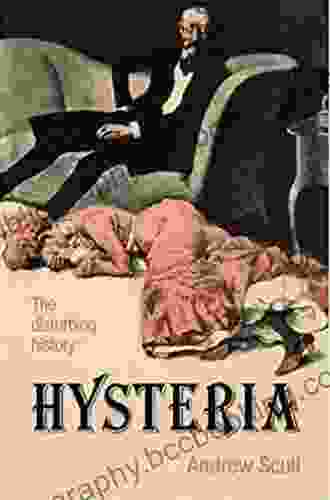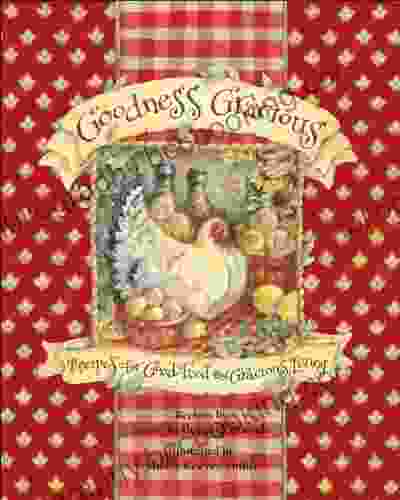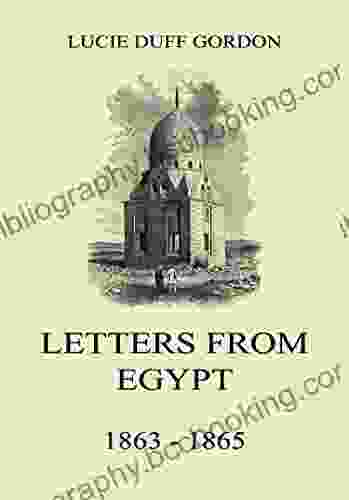101 Amazing Facts About Ancient Egypt: Unraveling the Mysteries of a Lost Civilization

: A Timeless Realm of Wonder
Ancient Egypt, a land of unparalleled splendor and mystery, has captivated the imaginations of people worldwide for millennia. From the colossal pyramids that pierce the desert sky to the enigmatic hieroglyphs that whisper tales of ancient times, Egypt's rich history and culture have left an enduring legacy on our planet. This article invites you on an extraordinary journey, revealing 101 fascinating facts that will illuminate the secrets of this extraordinary civilization.
The Pyramids: Architectural Marvels
- The Great Pyramid of Giza, built by Pharaoh Khufu, contains over 2 million limestone blocks, each weighing an average of 2.5 tons.
- The Great Pyramid is estimated to have taken over 20 years to construct, with a workforce of up to 100,000 laborers.
- The pyramids were not built by slaves, but rather by skilled craftsmen and laborers who were highly valued in society.
- The interior of the Great Pyramid contains a series of chambers and passages, including the King's Chamber, where Khufu's sarcophagus was found.
Pharaohs and Queens: Rulers of the Nile
- The first pharaoh of a unified Egypt was Narmer, who ruled around 3100 BC.
- The most famous pharaoh is Tutankhamun (King Tut),who ascended to the throne at the age of nine and died mysteriously at the age of 19.
- Hatshepsut was one of the most powerful female pharaohs, who co-ruled with her stepson Thutmose III.
- Cleopatra VII, the last pharaoh of Egypt, was known for her beauty, intelligence, and political acumen.
Gods and Goddesses: The Divine Realm
- The ancient Egyptians believed in a pantheon of gods and goddesses, each with their own unique powers and responsibilities.
- Amun-Ra was the sun god and king of the gods, and was often depicted as a man with a ram's head.
- Isis was the goddess of magic, fertility, and motherhood, and was often depicted as a woman with a throne on her head.
- Osiris was the god of the underworld and judge of the dead, and was often depicted as a man with green skin and a pharaoh's crown.
Hieroglyphs: Sacred Scripts
- The ancient Egyptians developed a system of writing called hieroglyphs, which were used for religious and ceremonial purposes.
- Hieroglyphs are a combination of logographic (representing words) and alphabetic (representing sounds) symbols.
- The Rosetta Stone, discovered in 1799, played a crucial role in deciphering hieroglyphs.
- Hieroglyphs were often used to decorate temples, tombs, and other important structures.
Mummies and Tombs: Preserving the Afterlife
- The ancient Egyptians believed in an afterlife, and they preserved their dead through mummification.
- Mummification was a complex process that involved removing the internal organs, wrapping the body in linen bandages, and treating it with chemicals.
- Tombs were designed to protect the deceased in the afterlife and were often filled with food, furniture, and other belongings.
- The Valley of the Kings, located near Luxor, is home to some of the most famous tombs, including Tutankhamun's tomb.
The Nile River: Lifeline of Egypt
- The Nile River is the longest river in the world, stretching over 6,650 kilometers.
- The Nile River was essential for the survival of Ancient Egypt, providing water for drinking, irrigation, and transportation.
- The annual flooding of the Nile River deposited fertile soil along its banks, making it a rich agricultural region.
- The Nile River was also a major trade route, connecting Egypt with other civilizations in the Mediterranean and beyond.
Temples and Shrines: Houses of the Gods
- Temples were the centers of religious life in Ancient Egypt, and were dedicated to specific gods and goddesses.
- The most famous temple complex is Karnak, which is dedicated to the god Amun-Ra and covers an area of over 200 acres.
- Temples were often decorated with elaborate carvings and paintings, depicting scenes from mythology and daily life.
- Shrines were smaller structures, often located within temples, where people could make offerings to the gods.
Sphinx and Statues: Guardians of Eternity
- The Great Sphinx of Giza is one of the most iconic symbols of Ancient Egypt, a massive statue of a lion with a human head.
- The Sphinx is believed to be a representation of the pharaoh Khafre and is said to guard the entrance to his pyramid.
- Statues were often used to depict pharaohs, gods, and other important figures.
- Statues were also used as offerings to the gods and were often placed in temples and tombs.
Culture and Society: Everyday Life
- The ancient Egyptians were a highly stratified society, with the pharaoh at the top and farmers and laborers at the bottom.
- Families were important in Egyptian society, and children were expected to respect their elders.
- Education was highly valued, and there were schools for both boys and girls.
- The ancient Egyptians enjoyed a variety of leisure activities, including music, dancing, and board games.
The Legacy of Ancient Egypt
- Ancient Egypt has left a lasting legacy on the world, influencing art, architecture, religion, and language.
- Egyptian hieroglyphs were the inspiration for the development of the alphabet.
- The Egyptian calendar, which was based on the solar year, is still used today.
- The pyramids and other ancient structures continue to inspire awe and wonder in people worldwide.
: A Timeless Wonder
Ancient Egypt remains a land of mystery and wonder, its secrets still being uncovered by archaeologists and historians. The 101 facts presented in this article offer a glimpse into the extraordinary world of the pharaohs, gods, and ordinary people who shaped one of the most influential civilizations in human history. As we continue to explore the sands of Egypt, we will undoubtedly uncover even more marvels that will captivate and inspire generations to come.
5 out of 5
| Language | : | English |
| File size | : | 4002 KB |
| Text-to-Speech | : | Enabled |
| Screen Reader | : | Supported |
| Enhanced typesetting | : | Enabled |
| Word Wise | : | Enabled |
| Print length | : | 32 pages |
| Lending | : | Enabled |
5 out of 5
| Language | : | English |
| File size | : | 4002 KB |
| Text-to-Speech | : | Enabled |
| Screen Reader | : | Supported |
| Enhanced typesetting | : | Enabled |
| Word Wise | : | Enabled |
| Print length | : | 32 pages |
| Lending | : | Enabled |
Do you want to contribute by writing guest posts on this blog?
Please contact us and send us a resume of previous articles that you have written.
 Book
Book Novel
Novel Page
Page Chapter
Chapter Text
Text Story
Story Genre
Genre Reader
Reader Library
Library Paperback
Paperback E-book
E-book Magazine
Magazine Newspaper
Newspaper Paragraph
Paragraph Sentence
Sentence Bookmark
Bookmark Shelf
Shelf Glossary
Glossary Bibliography
Bibliography Foreword
Foreword Preface
Preface Synopsis
Synopsis Annotation
Annotation Footnote
Footnote Manuscript
Manuscript Scroll
Scroll Codex
Codex Tome
Tome Bestseller
Bestseller Classics
Classics Library card
Library card Narrative
Narrative Biography
Biography Autobiography
Autobiography Memoir
Memoir Reference
Reference Encyclopedia
Encyclopedia Hugh Howey
Hugh Howey Howell Leonard
Howell Leonard Isaiah Mccall
Isaiah Mccall J U Scribe
J U Scribe Kristina Liu
Kristina Liu Kyla Stone
Kyla Stone Victoria Aveyard
Victoria Aveyard Isabella Emma
Isabella Emma Lee Engfer
Lee Engfer Jessica Dunham
Jessica Dunham Zitkala Sa
Zitkala Sa Padraic Colum
Padraic Colum Michael Paduch
Michael Paduch Pav Bryan
Pav Bryan Jonathan Maberry
Jonathan Maberry Rob Fisher
Rob Fisher Ian Adamson
Ian Adamson Irvin D Yalom
Irvin D Yalom Vin Arthey
Vin Arthey I O Adler
I O Adler
Light bulbAdvertise smarter! Our strategic ad space ensures maximum exposure. Reserve your spot today!

 Anton FosterInsight Guides Explore Fiji: Your Essential Travel Guide to the Islands of...
Anton FosterInsight Guides Explore Fiji: Your Essential Travel Guide to the Islands of... Jerry HayesFollow ·12.4k
Jerry HayesFollow ·12.4k Jim CoxFollow ·11.7k
Jim CoxFollow ·11.7k Austin FordFollow ·2.3k
Austin FordFollow ·2.3k Gabriel MistralFollow ·13.6k
Gabriel MistralFollow ·13.6k James JoyceFollow ·5.4k
James JoyceFollow ·5.4k Carson BlairFollow ·18.5k
Carson BlairFollow ·18.5k Ivan TurnerFollow ·6.6k
Ivan TurnerFollow ·6.6k Christopher WoodsFollow ·6.3k
Christopher WoodsFollow ·6.3k

 Luke Blair
Luke Blair101 Amazing Facts About Australia: A Journey Through the...
A Literary Expedition Unveiling the Treasures...
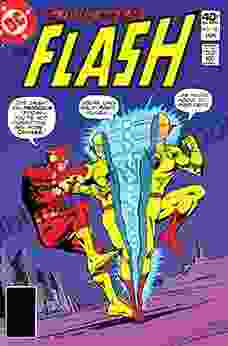
 Harry Hayes
Harry HayesWitness the Velocity and Legacy of the Scarlet Speedster:...
Delve into the Lightning-Charged...
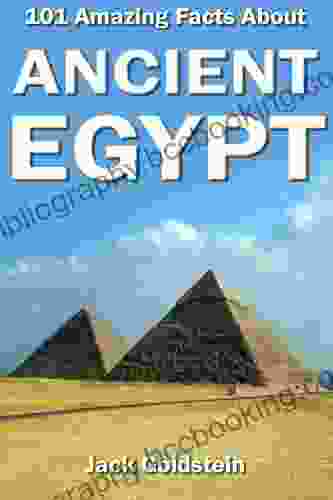
 Stan Ward
Stan Ward101 Amazing Facts About Ancient Egypt: Unraveling the...
: A Timeless Realm of Wonder Ancient Egypt, a...

 Stephen King
Stephen KingEscape into Adventure: Unveil the Secrets of Adventure...
In the annals of comic book history,...
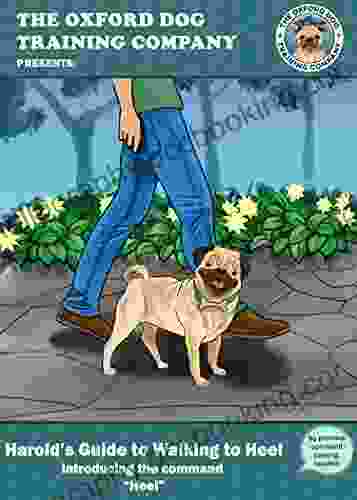
 Forrest Blair
Forrest BlairThe Oxford Dog Training Company Presents: A Holistic...
In the realm of dog...
5 out of 5
| Language | : | English |
| File size | : | 4002 KB |
| Text-to-Speech | : | Enabled |
| Screen Reader | : | Supported |
| Enhanced typesetting | : | Enabled |
| Word Wise | : | Enabled |
| Print length | : | 32 pages |
| Lending | : | Enabled |




